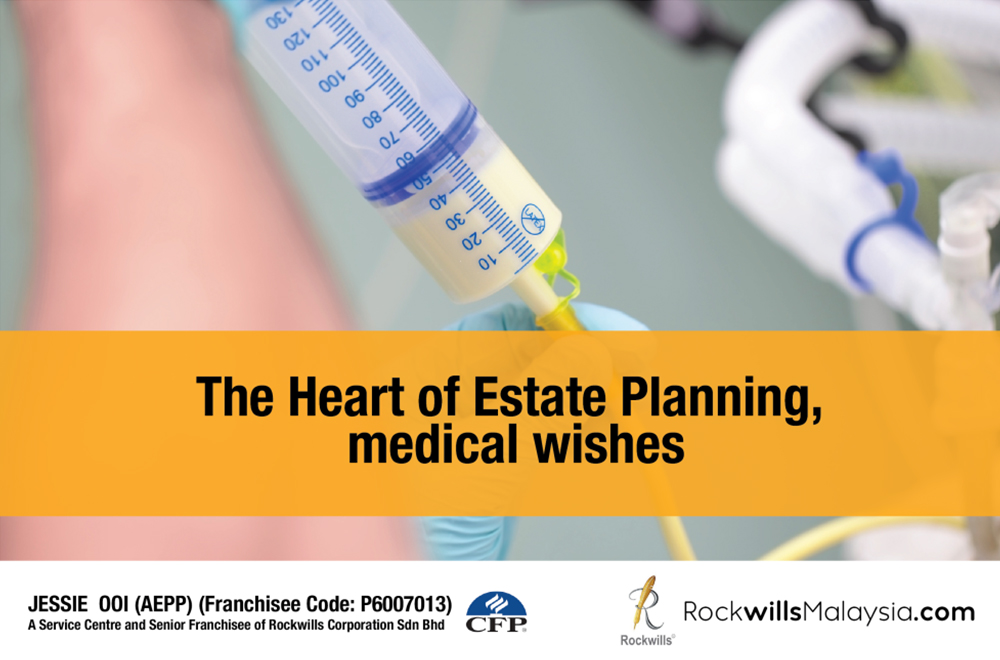When it comes to retirement planning and long-term care, most of us focus on financial aspects such as savings, wills, trusts, and medical insurance for the post-retirement period.
In end-of-life planning for elderly care, one important consideration is tube feeding. Tube feeding is a method of delivering liquid nutritional supplements directly into a person’s stomach or intestine. It can be administered temporarily for a few days or on a permanent basis, depending on the patient’s needs.
However, difficulties and emotional challenges arise when a patient becomes mentally incapacitated and is unable to express their wishes, and there is no documentation available to indicate their preferences. In such cases, family members often become decision-makers, and the burden of making critical choices falls on them instead of the patient.
To address this, it’s crucial to inform the family about the benefits and potential risks of medical interventions through consultations with medical professionals and dietitians. It is essential to have a clear goal for all medical treatments, and families should inquire about the purpose of inserting a feeding tube:
👩⚕️ Is it to improve the quality of life or merely to prolong life as long as possible? 🏥 Is this decision based solely on the family’s wishes or the patient’s wishes?
To make things easier for all involved, the best approach is for the Testators (those making the will) to communicate their intentions and wishes to their family members. This communication can be documented in a letter of wishes. This becomes particularly important in addition to routine estate planning documentation when the Testators are in sound mind.
By openly discussing and documenting their medical treatment preferences, Testators can ensure that their wishes are known and respected, reducing the burden on family members during emotionally challenging times.

